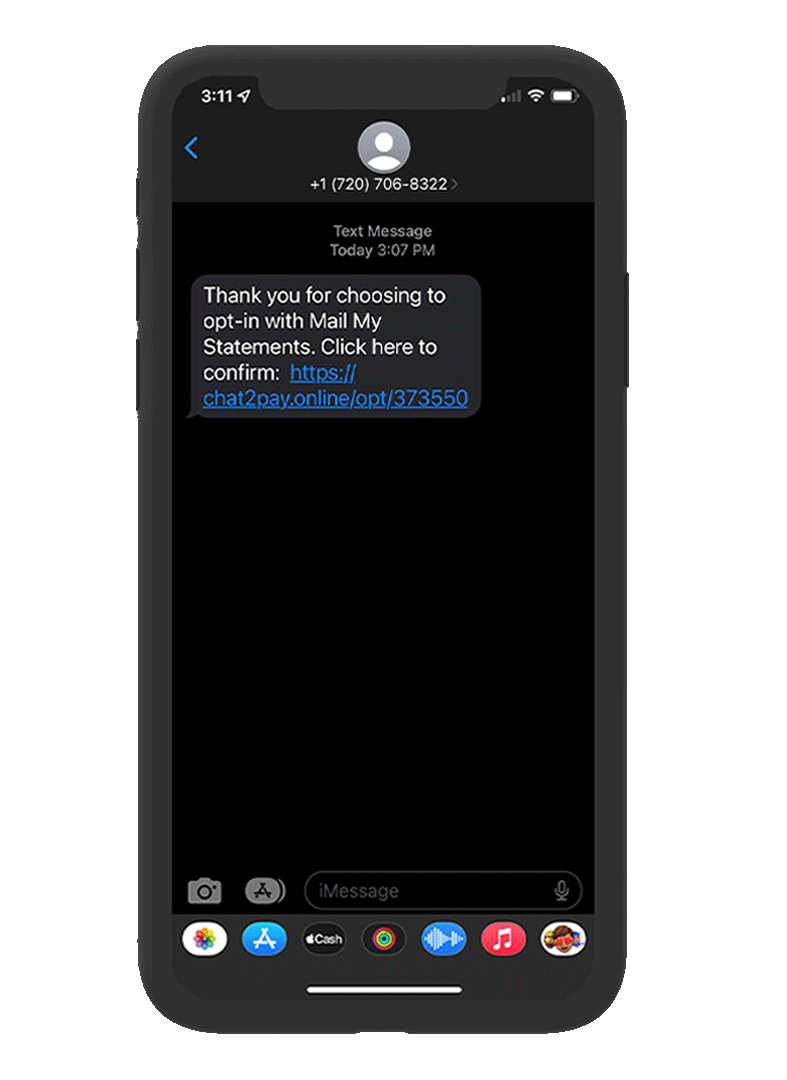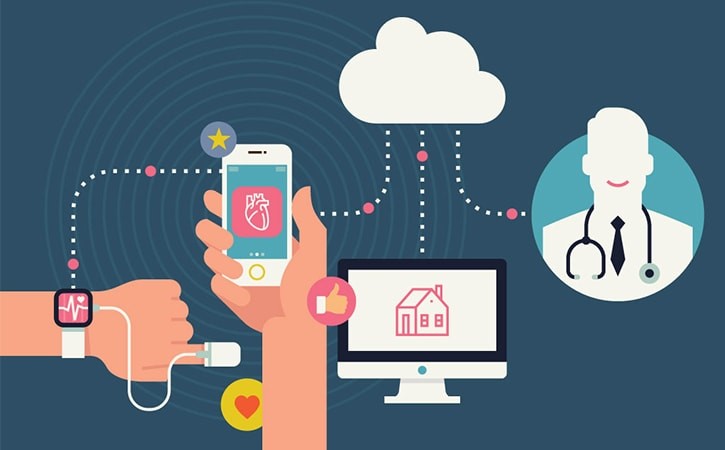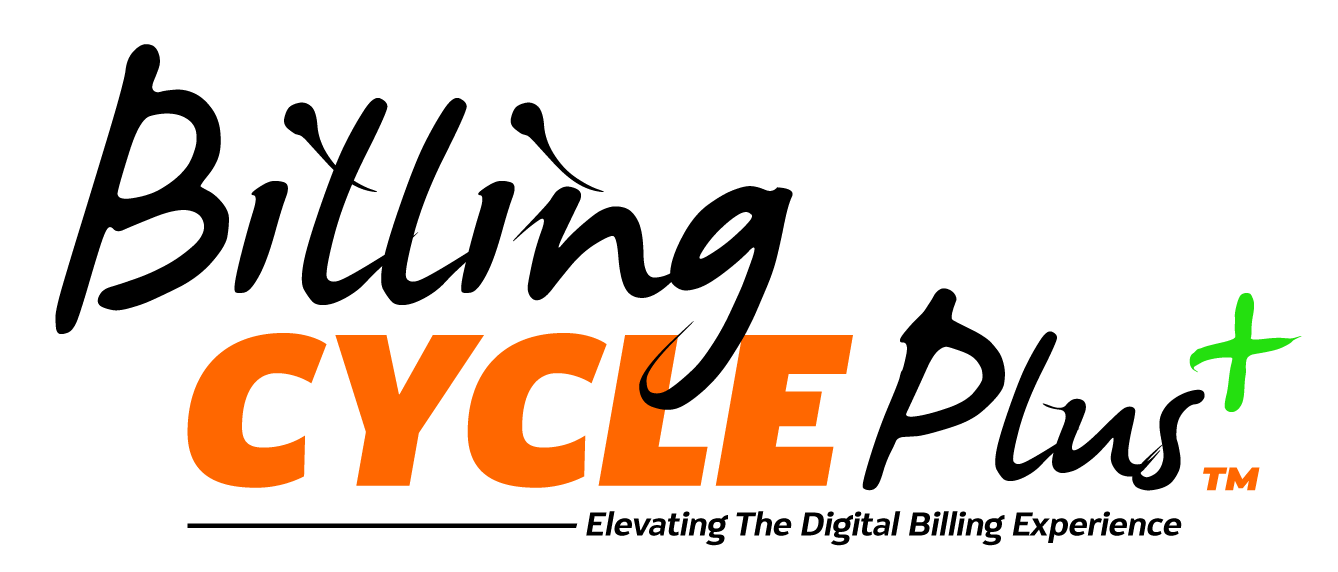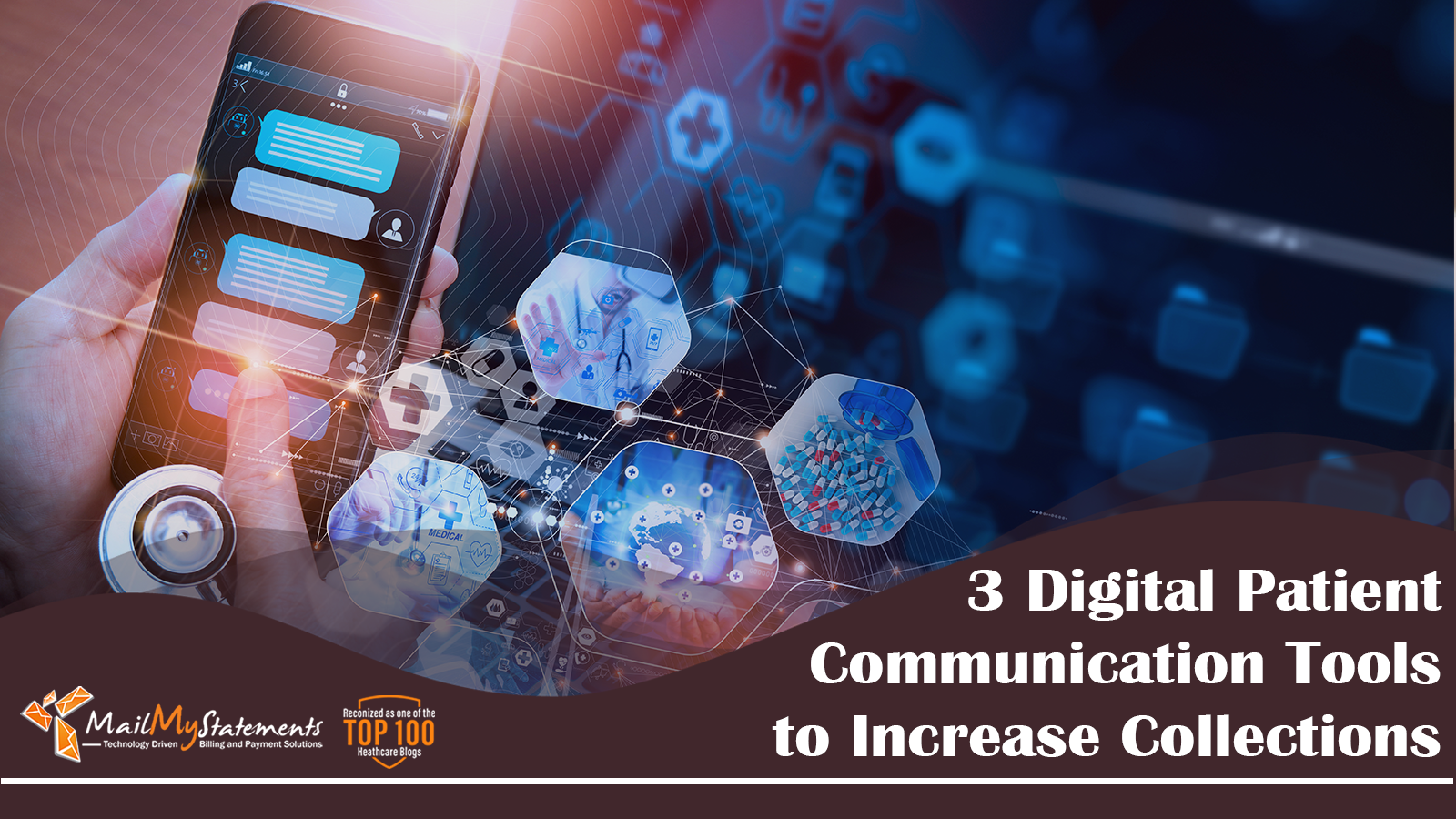7 Major Challenges Facing the Healthcare Industry in 2024

The healthcare industry is facing many changes that pose new challenges to medical organizations big and small. In particular, the fast-evolving government regulations, staffing shortages, technological innovations, and patient expectations create a new environment in which running a medical practice involves more than just treating patients.
Looking into 2024 and beyond, let’s examine seven significant challenges faced by the healthcare industry and how you can stay ahead.
1. Cybersecurity
Although ransomware, data breaches, and other cybersecurity concerns are nothing new to the healthcare industry, continuous technology advances provide various opportunities for attacks on sensitive PHI.
The recent growth of digital health initiatives- like telehealth doctor visits and digital payment collections – is a major contributor to the severe increase in breached patient records. As more healthcare functions move online over the next year, it’s extremely important to ensure these processes are protected from outside threats.

This trend will continue as many healthcare providers are slow in responding to threats while the decentralized systems result in higher vulnerability to attacks.
When a breach occurs, not only do you compromise confidential patient information, but you also face a hefty penalty if you’re found to have violated the many compliant standards regulating the industry.
Many medical providers are investing in proper safeguards to better protect sensitive patient data. Simple steps like implementing multi-factor authentication and strong firewalls help reduce the success of hackers.
Practices also require their third-party vendors to possess the HITRUST Certification, which combines extensive safeguards from HIPPA, COBIT, HITECH, PCI, and more. Vendors holding this certification are significantly less susceptible to facing ransomware attacks or data breaches.
2. Invoicing and Payment Processing

Medical practices are citing patient collections as their top revenue cycle management struggle as patients are becoming responsible for a larger portion of their medical bills. In order to help encourage patients to submit payments in a timely manner, providers must adhere to patient payment preferences.
To meet patient expectations and improve the user experience, ensure billing statements are patient-friendly. You should offer digital statements (eStatements) and a variety of payment options (e.g., eCheck, credit card, etc.) via an online patient portal and utilize the latest payment technologies, such as Apple Pay, payment plan capabilities, and text message alerts and reminders. New features like text or email reminders help effectively communicate with patients and encourage them to pay their financial obligations.
However, it’s often challenging and costly for medical practices to set up such invoicing and payment processing systems in-house. Not only must they negotiate terms with each payment processor and build the infrastructure (e.g., patient portal, secure payment processing) but they also must absorb the ongoing administrative cost of maintaining such technologies.
Additionally, healthcare providers are required to follow strict guidelines to protect patient information. You need to ensure that your payment portal and processing system are fully compliant, or you risk incurring a hefty penalty.
By working with a HITRUST Certified partner who provides cloud-based billing functions, any provider can offer the latest digital statement and payment technology without dedicating extreme monetary and personal resources.
3. Healthcare Staff Shortages and Burnout
Staff turnover and burnout within the healthcare industry increased tenfold since 2020. In fact, as of September 2022, the healthcare sector has one of the highest job opening rates in the United States, coming in second only to accommodation and food services.
Increased turnover and staff shortages within patient billing and revenue cycle management positions are creating new challenges for providers, including increased costs, increased errors, longer processing times, and lost revenue.
To mitigate these shortages, providers are investing in automation technology to help reduce personnel resources needed to maintain basic administrative tasks and billing functions. For example, the use of a smart customer service chatbot can help a patient set up a payment plan to handle their financial obligations.
4. Telehealth
Although most patients returned to in-office healthcare visits as Covid-related isolation became less necessary, telehealth use remains higher than pre-pandemic levels. In fact, the telehealth market was evaluated at $49.9 billion in 2019, but is estimated to reach $194.1 billion in 2023, and eventually a massive $459.8 billion by 2030.
However, the telehealth sector still faces major issues like the deceleration of digital health funding and an uncertain regulatory future.
“There is going to be this gap, and there are some gaps where telehealth can’t replace the one-on-one, face-to-face interaction. That just really stands out when it comes to senior care, patients with Alzheimer’s and dementia. There’s no substitute.”
-Angela Williams, CEO of disability nonprofit Easterseals
5. Patient Experience

The medical insurance landscape experienced some significant changes in recent years. As more patients are responsible for a larger portion of their healthcare bills, an improvement in experience is expected.
Healthcare organizations will face tougher competition in attracting and retaining patients who demand an experience that matches the level of customer service they expect from other consumer brands.
New patient expectations include a “self-service” method for resolving most questions, issues, or concerns (e.g., downloading an immunization record, booking an appointment, paying their bills, or checking their account/insurance status) at any time or location that is most convenient for them.
Providing patients with the ability to opt-in to receive text or email communications allows them to customize their experience based on their preferences. Machine Learning and Artificial Intelligence technology helps automate administrative processes with features like smart chatbots that collect real data for use in resolving customer service inquiries.
6. Effective Payment Model
In order to reduce cost and increase service quality, there’s now a trend toward determining financial incentives based on patient outcomes rather than service quantity.
Payers and patients are demanding new payment models – such as bundled payments, disbursement to patient-oriented care providers, global payments, and shared savings – that encourage care providers to coordinate services and promote preventive care.
However, there are many challenges in implementing these new models and monitoring the processes within the existing systems. For example, new metrics need to be defined to measure performance and ROI.
Healthcare providers should pay close attention to the development of this trend. Look to early adopters and large organizations (e.g., Medicaid) who are testing and fine-tuning these new payment models to understand how best to reduce cost and improve patient outcomes while staying profitable.
7. Big Data
Although more and more healthcare data is being generated, it’s scattered across multiple parties and systems including payers, providers, and patients. There’s no single “source of truth” that providers can use to optimize the patient experience.

For instance, when patients switch insurance plans or healthcare providers, most medical practices rely on patients’ self-reporting to reconstruct their records. As a result, not all the information is transferred properly and it’s very challenging to harness the power of data and generate accurate insights.
In addition, healthcare data comes from many sources in a variety of formats. Currently, there’s no single system or technology infrastructure to retrieve, store, and analyze data from various sources at scale.
For healthcare organizations to successfully harness the power of big data, leadership needs to embrace data-driven decision-making. The use of analytics should be woven into the organization’s culture to develop trust in data so the insights can be used to support decision-making at the executive level.
In order to fully leverage all the patient data from a variety of sources, healthcare organizations need to implement non-relational information technology so data from various sources can be utilized even if the datasets come in different formats.
Final Thoughts
To lower your administrative costs, minimize costly errors, and improve patient experience, consider working with a secure, cloud-based patient billing partner to handle patient statement design, invoicing, and payment processing.
Partner with MailMyStatements to propel your practice’s billing process into a personalized cloud platform. We facilitate this process so your team can focus on your core offerings as a healthcare service provider. Get in touch with us today.
LEARN MORE ABOUT HOW OUR SOLUTIONS CAN SAVE YOU TIME AND MONEY!
![]()



